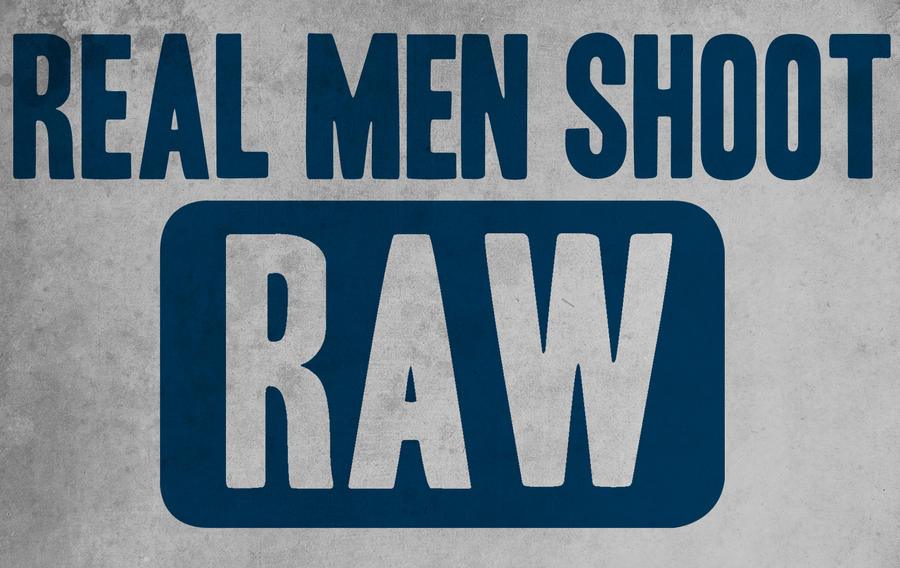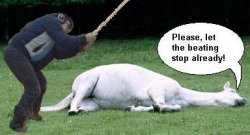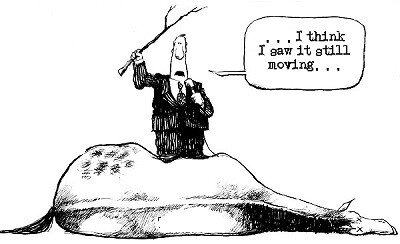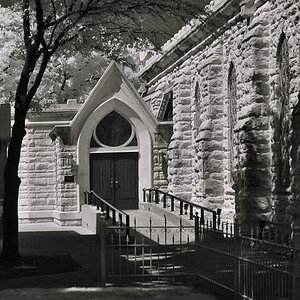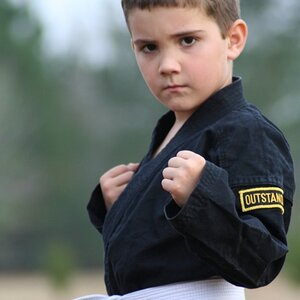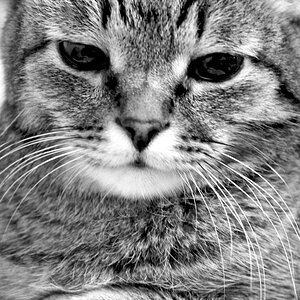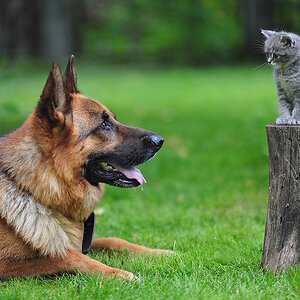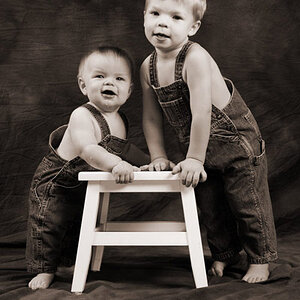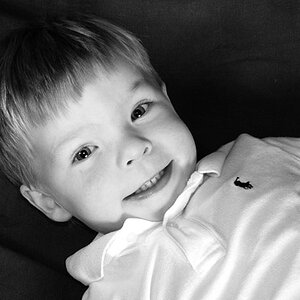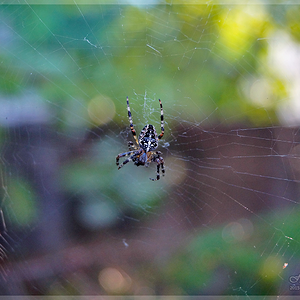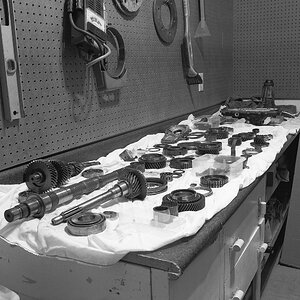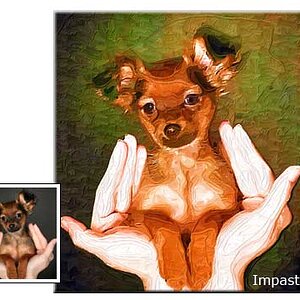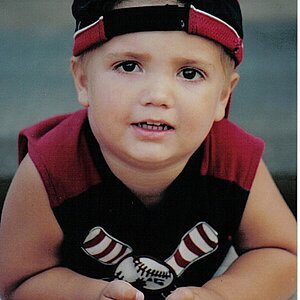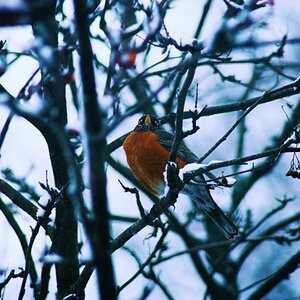thetrue
TPF Noob!
- Joined
- Nov 1, 2012
- Messages
- 1,791
- Reaction score
- 330
- Location
- Bucks County, PA
- Can others edit my Photos
- Photos OK to edit
I'm on my way to shoot a location I've been after for months. Super low light, I'm going to be shooting at iso 100, f/1.8 and 10-14 second shutter. Until now I've only ever shot in jpg, so I'm wondering if its really worth the extra large file size to shoot in RAW? Anyone have a legitimate argument as to why I should use RAW rather than jpg? Chances are I'll use both and look at the difference in LR4 when I get home, but if I can save a significant amount of space and have a similar result, what's actually the point of raw?
I hereby apologize in advance for any and all feuds this may cause, since I'm confident there are proponents for either side.
UPDATE (should have done this weeks ago): I'm shooting primarily RAW and love it.
I hereby apologize in advance for any and all feuds this may cause, since I'm confident there are proponents for either side.
UPDATE (should have done this weeks ago): I'm shooting primarily RAW and love it.
Last edited:


